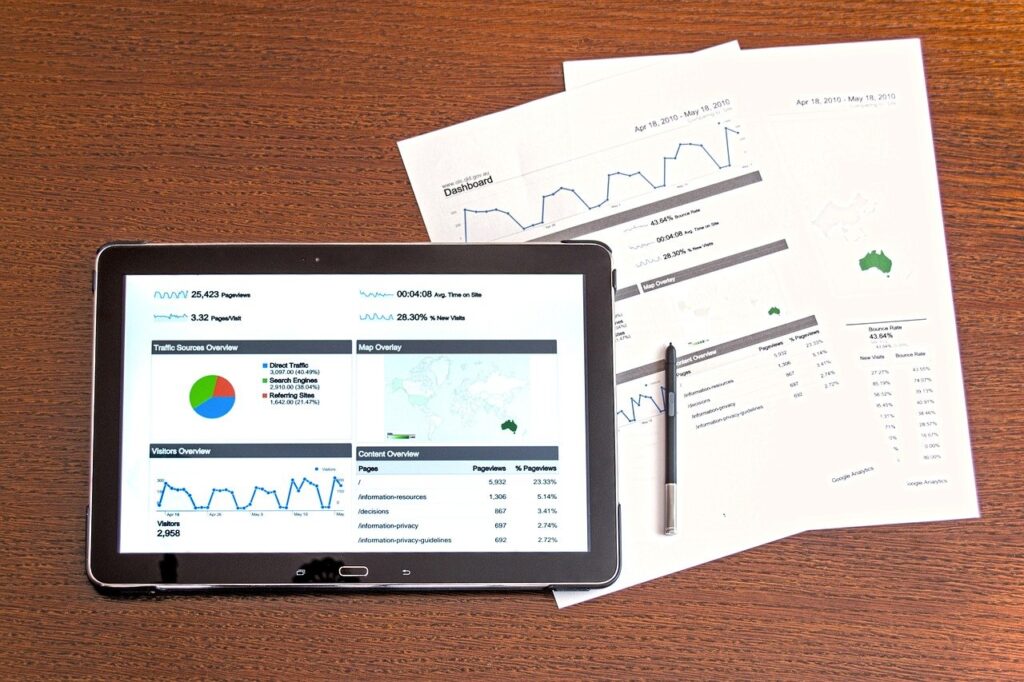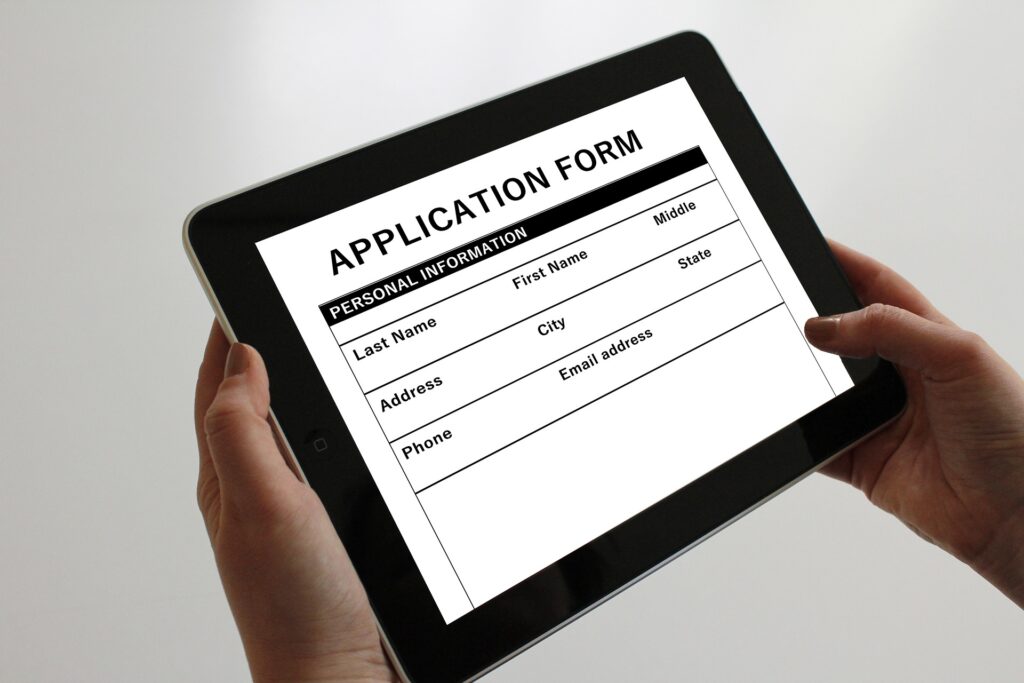ai maturity
Depending on the starting point, transforming an organization so that it takes full advantage of its data can be challenging. The investment in new technologies and skills may be significant, bringing your people to uncharted territories and confronting them with unfamiliar AI challenges.
However, the rewards of a successful AI Transformation are enormous, especially if you are the first one in your industry to do it right.
Some Of The Amazing Things AI-Mature Organizations Do:
Data-Driven Decision-Making
Data & AI can support your business in many different ways, for example by providing insight to support management decisions.
AI can also improve or even automate many micro-decisions in daily operations, using algorithms based on historic data from past human behaviours. In turn, this frees your employees to focus on what matters most: creating innovative value for your customers.
One of the key functions of managers is to make informed decisions about strategic orientation, future investments, and other important decisions that have a large impact on their company.
Going far beyond classic Business Intelligence, Machine Learning-powered algorithms can produce entirely new and much more powerful insights, like reasonably accurate predictions about the future.
This enables leaders to augment their decisions with automated forecasts that become more and more accurate with time.
In a every company, hundreds or thousands of micro-decisions are made each day:
- which prospect should your salesperson call next to try and sell your product or service?
- should we give a discount to this client?
- which email should be answered with the highest priority?
Fed with data from past records, algorithms can learn to make recommendations that can either support employees in their daily decision process, or completely automate it.



AI-Enhanced Products & Services
All kind of products are infused with data and powered by algorithms. If you look around you, many of the objects you use today are already made more functional and convenient by AI.
Now, what can AI do for your products and services? Do you have a strong sense that there is data oil under your feet, but you need help to get it flowing out of the ground?
Data Monetization
When you deliver a product or service to your clients, its production or delivery generates a large amount of data.
This data by-product is a company asset, waiting to be turned into more value for your clients and more returns for your P/L.
Depending on your industry, the type of data you gather and the diversity of your client base, there may be a myriad of different valuable use cases for your data.
You probably can’t address them all by yourself. But it may be extremely valuable for your clients to access your unique data via a standardized interface – e.g. an API – so that they can do their specific data analysis and modelling themselves.
If you can identify a powerful use case valuable to many clients, one that may require your team’s deep expertise on the data itself, then it may make sense to build a data product yourself, e.g. in the form of a visualizable insight. The value for your client is that they can benefit from the data insight, without bothering about the complexity of data processing and modelling.
This new product, usually a web-based data visualization, can then be added to your portfolio and distributed using your established sales channels.




AI-Enabled Business Functions
Business support functions are information-intensive business activities. They are also relatively generic and common to most companies, making them easy to enable with AI-powered solutions. Here are a few examples:
Financial Planning and Forecasting can be made more accurate and efficient using predictive models based on your past financial and operational data. This frees your finance team from cumbersome data consolidation and enables real-time forecasting to be propagated throughout the company.
Employee churn prevention, i.e. predicting when an employee is about to leave, is one of the well-known AI use cases in Human Resources.
However, recent advances have enabled a host of new applications, for example:
- AI-based recruitment
- Data-driven workforce planning
- Smart employee training
AI allows Procurement organizations to solve complex problems more efficiently and/or effectively. Many smart algorithms and AI toolkits are already integrated in ERP software applications, from spend analysis to contract management and strategic sourcing.
The challenge is to identify the right uses cases, and to redesign core procurement processes so that AI to take care of specific, automatable tasks. This can free up your procurement experts, so that they can focus on high-value activities, like engagement with internal clients and external stakeholders.
Today’s increasingly volatile environment is making it increasingly difficult for humans to track the happenings in complex supply chains.
Making sense of a daily flow of thousands of data points is best left to machines that are uniquely suitable for such data crunching tasks. Meanwhile, your employees can focus on designing smarter processes and creating new AI-enabled services.
